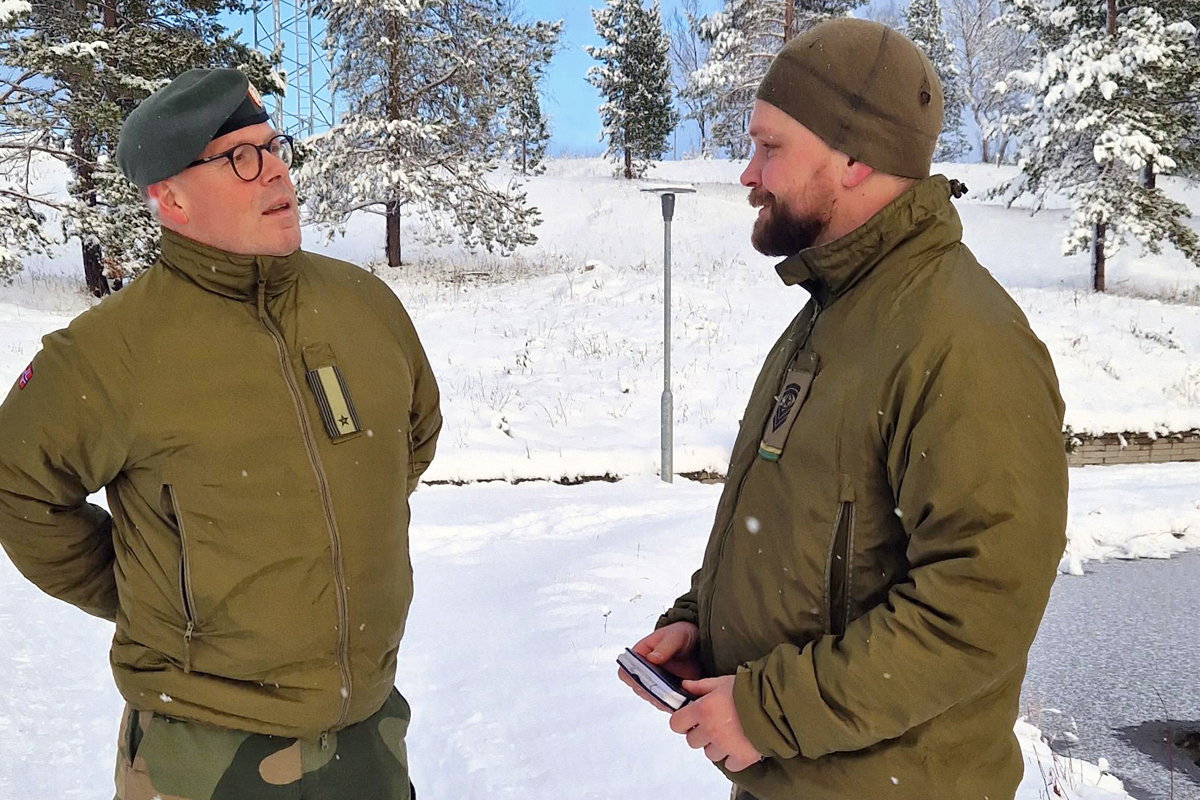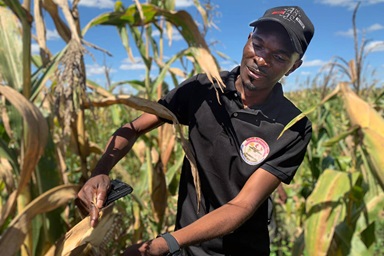Key Points:
- In Norway, the Rev. Jon Erik Bråthen reaches out to Sámi-speaking peoples, whose best-known means of livelihood is semi-nomadic reindeer herding.
- To the Sámi people, the Norwegian language is perceived as a prison and lacking in poetry.
- “One of the most important measures,” Bråthen said, “is the dissemination of knowledge. We agreed to create a teaching program that will convey knowledge about Sámi culture.”
Encouraging justice and understanding is a big part of the Rev. Jon Erik Bråthen’s job. Based at Porsangmoen near Lakselv in Finnmark, Norway, the major has been a United Methodist military chaplain for almost three years. His “congregants” are Sámi-speaking peoples, whose best-known means of livelihood is semi-nomadic reindeer herding. Most Sámi live in the northernmost parts of Norway, Sweden, Finland and the Kola Peninsula in Russia.
Bråthen has four primary tasks as he serves among the Sámi: faith and practice, worship services in the field and at camp, teaching and, especially, conversations.
Walking around the camp, Bråthen stops frequently to chat.
“Once they've talked to me about something trivial,” he explained, “it’s much easier to come back when it’s about something more serious. It can be anything from personal matters to issues in the camp. Many have served abroad. They have experienced soldiers losing their lives.” Bråthen represents something constant and safe.
“We have a language for the big questions,” he said. “They know that we are preparing for the worst-case scenario.”
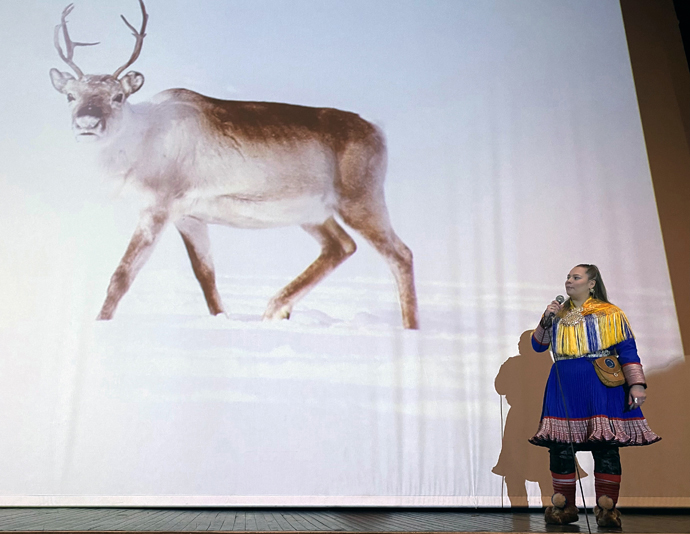
Being a Sámi soldier is not easy. For Bråthen, respect, language and knowledge of Sámi culture and history are essential.
“My first real encounter with the Sámi language,” Bråthen recalled, “was seeing all the names [such as] ‘Ante,’ ‘Buljo’ and ‘Eira.’ By reading a map with Sámi names, Sámi soldiers can orient themselves in the landscape without having been here before. The Sámi language says so much more than the Norwegian translations.”
Three years ago, he opened his door to a female Sámi soldier. Inga Márjá Lango from Kautokeino had requested a conversation with the chaplain after a nurse had downplayed her concerns.
“In our first conversation,” Bråthen said, “she talked about individual incidents that were not so serious in themselves, but I realized that the sum of this made it serious. The officers probably mean no harm. But they still don't realize that what they say and communicate is part of more than 200 years of systematic Norwegianization and discrimination.”
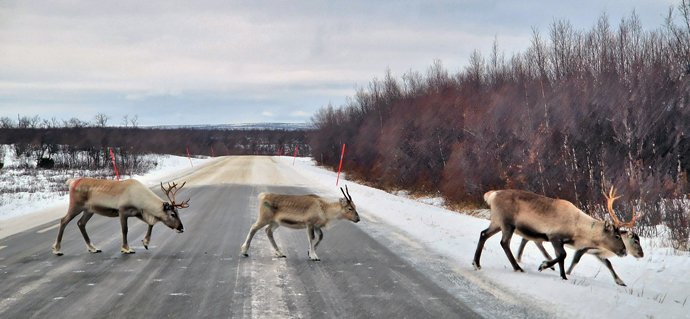
The next time Lango visited Bråthen, she told of not being allowed to speak her own language or to use her knowledge during exercises.
“That conversation,” the chaplain said, “did something to me. All these incidents, from small stings to invisibility, are not OK. It needs to be addressed. But I have a duty of confidentiality and know that there is a lot of conflict in this. What am I risking? By saying something, I'm taking a stand.”
"Frozen" inspiration
In the popular movie, “Frozen 2” (2019), fictional sisters Anna and Elsa journey from Arendelle to meet the Northuldra, a community that lives closely with reindeer, much like the real-life Sámi people of northern Norway.
Both “Frozen” films were inspired by the Sámi culture. Walt Disney Animation Studios consulted with a Sámi working group to ensure that the movie stayed true to the often misunderstood and misrepresented Sámi.
Two years after their first encounter, Bråthen saw Lango in Kautokeino. Now a healthy, smiling and proud 23-year-old, she is a true reindeer herding Sámi. She talks about her family being divided between Norway and Sweden due to forced relocations in the past. Lango grew up with grandmothers who sang hymns, and she remembers her baptism day, her name day and her confirmation. She is aware of her Christian tradition.
At age 2, she received her own reindeer brand. The family on her father's side has a large reindeer herd. Lango’s brother works full time with reindeer. One day, she hopes to have her own reindeer herd. Kautokeino is the winter home of the reindeer herd. When summer arrives, both family and reindeer move to Sennalandet — more specifically Aisaroaivi.
In the north, some Sámi still live as nomads with their reindeer. Others work in farming and fishing, two traditional ways of life.
Sámi is a unique language. The word “snow” in Sámi has 300 choices, such as when it has settled, how it has settled and how it is now. Is it dry or wet? Lango admits that she doesn't know all the names.
Another example is the word “reindeer.” A dark reindeer with a little white on its legs and nose is called “muzetcuovvat” in Sámi. If the reindeer looks different, it has a different name.
It is not surprising then that to the Sámi people, the Norwegian language is perceived as a prison and lacking in poetry. Lango didn’t use Norwegian until she started primary school.

The challenges of being Sámi in Norway go far beyond language. At the Sámi Parliament in Karasjok, lawyer and senior adviser Ingeborg Larssen has worked on Sámi issues for 20 years.
Larssen explained that Sámi identity is part of a long and painful tradition. Norwegianization was an unofficial policy conducted by the Norwegian government, with the goal of assimilating non-Norwegian-speaking indigenous populations into an ethnically and culturally uniform Norwegian population.
“During the time of Norwegianization and after,” she said, “you had to put up with abuse. That's just the way it was. All generations experienced this. You just had to put up with it and keep quiet. We couldn't bear to talk about it.
“When I started, this wasn't even a topic. Then the years passed, we got the internet and social media, and the same-ness has been given new platforms. At the same time, we've also got new generations who don't suffer in silence. Look at the Fosen demonstrations, for example.”
Last October in Fosen, activists protested wind farms on land used by herders.
“This has gradually become a political issue,” Larssen said. “This is probably because hate speech in general has gained more focus.”
During a recent startup meeting for the government's strategy against hate speech, no one seemed to realize that it was a problem for the Sámi.
As Larssen shared her experiences, she received a blunt response that went something like this: “Now it's important that you don't take on the role of victim.”
“What does that mean?” she asked. “The victim role? Does it mean that we shouldn't tell what we experience, talk about it out loud? Is it only Jews and Muslims who should be allowed to talk about their experiences? Why are we the only ones who should keep quiet and let others talk?”
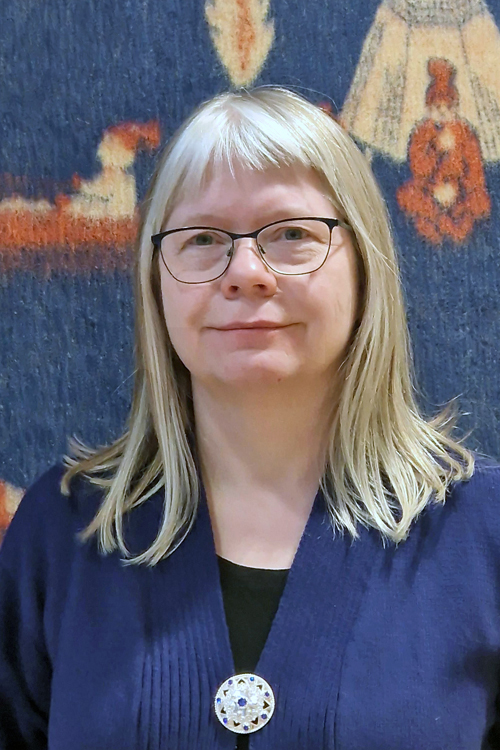
This strong, committed woman has Sámi roots. She is from Salangen in Inner Troms. Her grandparents knew Sámi but didn't use the language. Larssen didn't understand this until she listened to the NRK program “Oddasat.” Her grandparents translated what was being said from a language they no longer used.
“It's difficult to accept the Sámi shame,” she said. “You're not as good as a Norwegian. You are worth less. It has become a legacy.”
Bråthen remembers an evening when three Sámi women in the battalion were sitting in a room, talking among themselves. They heard two officers passing by outside, speaking Sámi. The young women cried with joy.
Major and Deputy Commander Kjell Rødstad asked Bråthen about morale among the soldiers.
“I know that he really cares,” Rødstad said. “I was so affected after my meeting with Inga Marja that I told him. I didn't mention names or units, that it didn't affect that many, but that it hurt.”
Colonel Tomas Beck, then the head of the Finnmark defense, said he would share the concern with the Sámi Parliament.
What are the next steps?
Subscribe to our
e-newsletter
“One of the most important measures,” Bråthen said, “is the dissemination of knowledge. We agreed to create a teaching program that will convey knowledge about Sámi culture. I'm given responsibility for developing the content.”
The task will be difficult, the military chaplain admitted.
“I didn't know much,” he said, “but I was committed. I had seen faces, heard stories and knew what this was doing to them.”
A group from Porsangmoen and the Sámi Parliament prepared a lesson. The final product contains a little about Sámi history, Sámi culture, reindeer husbandry and cultural heritage in the landscape. For Bråthen, it is important that the lessons create a positive curiosity and a desire to learn more about Sámi culture.
Sámi People's Day is observed on Feb. 6. On that day, two years after the language-denial incident, the lessons will be launched. Lango will teach the first lesson.
Represented will be the president of the Sámi Parliament, Parliament members, the municipality and military leadership. In addition, the cinema will be full of soldiers.
Bråthen strives to model Jesus. “Jesus saw people,” he said. “He spoke out against injustice and was not afraid to take a stand.”
The United Methodist is not afraid to highlight his own tradition.
“Our doctrine of salvation puts [us] in a right relationship with God and free to live the life we were created to live.”
Skartveit is editor for the Norway Annual Conference.
News media contact: Julie Dwyer at (615) 742-5470 or newsdesk@umnews.org. To read more United Methodist news, subscribe to the free Daily or Weekly Digests.

